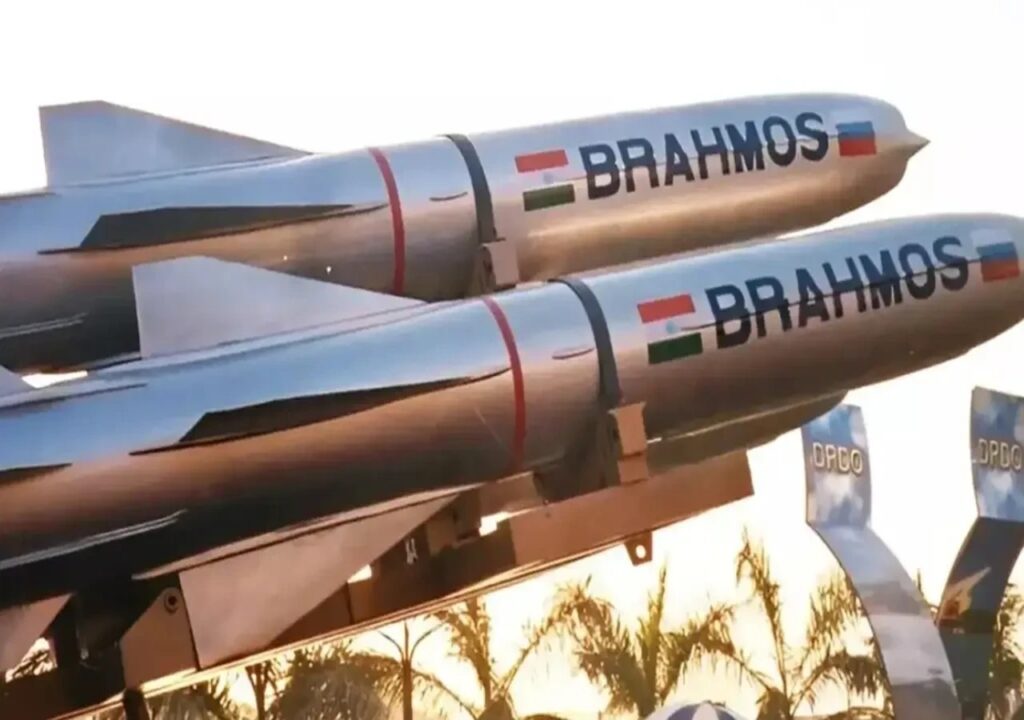Following the success of Operation Sindoor, India outlines ambitious plans for its BrahMos supersonic cruise missile, aiming to enhance its range, versatility, and global reach.
New Delhi: On May 30, 2025, the BrahMos supersonic cruise missile, pivotal in Operation Sindoor, gained renewed attention after Pakistani Prime Minister Shehbaz Sharif confirmed its use in strikes on May 7 targeting nine terror sites in Pakistan and Pakistan-occupied Kashmir (PoK). Sharif revealed that a subsequent BrahMos attack on May 9-10 thwarted Pakistan’s planned counteroffensive, hitting key locations, including Rawalpindi’s airport.
BrahMos: A Formidable ‘Fire and Forget’ Missile
The BrahMos, a joint venture between India’s DRDO and Russia’s NPO Mashinostroyeniya, operates on the ‘fire and forget’ principle, autonomously striking targets with precision. With a speed of Mach 2.8-3.0, a range of 450 km (extendable to 800 km), and a 200-300 kg warhead, it boasts near-pinpoint accuracy. Compared to subsonic cruise missiles, BrahMos offers three times the velocity, 2.5-3 times the range, 3-4 times the seeker range, and nine times the kinetic energy, making it a lethal asset across air, land, sea, and submarine platforms.
Operation Sindoor Showcases BrahMos Prowess
During Operation Sindoor, launched in retaliation for the April 22 Pahalgam terror attack, BrahMos missiles struck with devastating precision. On May 7, they targeted terror hubs, and on May 9-10, 15 BrahMos missiles crippled 11 of Pakistan’s 12 key airbases, including Noor Khan in Rawalpindi, as reported by India Today. The missile’s stealth, speed, and accuracy overwhelmed Pakistan’s defenses, forcing a ceasefire on May 10. Uttar Pradesh CM Yogi Adityanath, during a May 11 facility inauguration, remarked, “Ask Pakistan about BrahMos’ power.”
India’s Ambitious Plans for BrahMos Development
India is advancing the BrahMos program with several upgrades. An extended-range variant with an 800 km strike envelope is in production, while a hypersonic BrahMos-II, reaching Mach 8 and 1,500 km, is under development, inspired by Russia’s Zircon missile. A lighter BrahMos-NG, weighing 1,290 kg, is being developed for Rafale and other fighters like MiG-29 and Tejas, with induction expected by late 2025. A submarine-launched variant, successfully tested in 2013, is slated for further trials, potentially for India’s next-gen submarines.
Global Interest Surges Post-Operation Sindoor
The Philippines, which received its second BrahMos battery in April 2025 under a $375 million deal, has placed follow-on orders. Vietnam is finalizing a $700 million deal for five batteries, while Indonesia is close to a $450 million agreement, per Media News. Middle Eastern nations like UAE, Saudi Arabia, and Oman, along with Brazil and Chile, are in talks, drawn by BrahMos’ proven combat performance and India’s Act East policy. A post by @ShivAroor on X on May 30 highlighted this growing demand, reflecting global confidence in the missile.
Strategic Implications and Future Outlook
The BrahMos’ success in Operation Sindoor has redefined India’s defense strategy, shifting toward proactive precision strikes. With over 70% indigenous components, it bolsters the Make in India initiative. However, concerns linger about regional stability, with China objecting to potential BrahMos exports to Taiwan, as noted in a May 19 X post by @Stock_Precision, citing its ability to evade Chinese defenses. As India scales production to 100-150 missiles annually at its new Lucknow facility, the BrahMos is poised to strengthen India’s deterrence and defense export ambitions.


